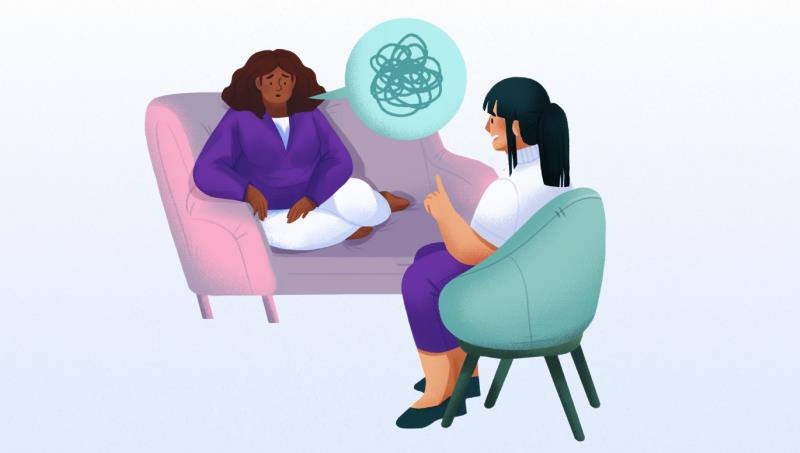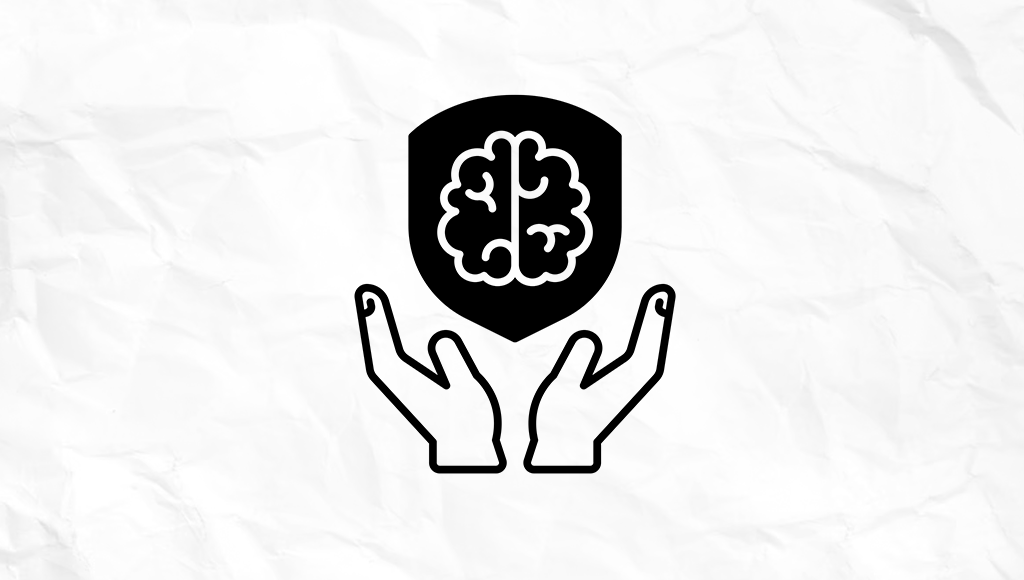
Mental health is increasingly recognised as a critical component of overall wellbeing. India’s progressive Mental Healthcare Act, 2017 (MHCA), mandates parity in health insurance between mental and physical illness, yet coverage gaps persist. We at the Keshav Desiraju India Mental Health Observatory have explored these gaps in detail, unpacking the policy loopholes, judicial interventions and other unfolding developments in the sector.
Right of parity upheld by the judiciary
In our recent policy brief, we take stock of India’s mental health insurance landscape through the lens of the MHCA’s parity principle. Section 21 (4) of MHCA explicitly mandates that “Every insurer shall make provisions for medical insurance for treatment of mental illness on the same basis as available for treatment of physical illness.” However, even today, genuine claims are denied, forcing policyholders to seek judicial intervention.
While reviewing the cases, we observed recurring gaps in insurance practices. Exclusion clauses for psychiatric treatment, suicide attempts, and substance abuse persist despite MHCA protections. This is illustrated by several key judgments, such as Nirankar Singh vs The Oriental Insurance Company (2020). In this case, a claim was denied under the exclusion for psychiatric disorders, which was later invalidated by the District Consumer Commission, citing MHCA. Similarly, in Santosh Kumar Verma v Bharat Coking Coal Ltd (2025), the Jharkhand High Court voided an exclusion under Coal India’s post-retirement medical scheme, affirming that such clauses are unconstitutional post the MHCA. Other court cases highlight denials based on non-disclosure of pre-existing conditions, even when diagnoses were made post the policy inception.
Various courts and judicial bodies have repeatedly ruled these practices unlawful, striking down exclusions and ordering reimbursements. Yet, reliance on the judiciary exposes the lack of easy grievance addressal, forcing consumers to resort to lengthy and costly litigation, highlighting systemic regulatory failure.
The challenges identified in our policy brief align with findings in our earlier paper, an analysis of health insurance policies from 2020-21. Our review found that 224 excluded coverage for attempted suicide or self-harm, 267 excluded substance-use related claims, and only 23 policies offered outpatient services, despite most mental healthcare being delivered in outpatient settings requiring long-term counselling. Further, restrictive sub-limits that capped reimbursements for mental illness far below physical ailments were common. This dashboard provides comprehensive details of the health insurance policies listed by the Insurance Regulatory and Development Authority of India (IRDAI).
Recommendations
To address these persistent gaps in coverage, we propose the following:
- Stronger regulatory enforcement: IRDAI should conduct regular audits of policy documents to ensure compliance with MHCA, penalising non-compliant insurers
- Clear policies: Mandated standardised, transparent wording in all insurance policies, explicitly stating that mental health coverage is included.
- Verification safeguards: Require insurers to present medical evidence before classifying a condition as pre-existing. This will protect policyholders from arbitrary denials
- Accessible grievance mechanism: Establish a dedicated mental health insurance grievance redressal cell within IRDAI to allow swift reporting and resolution of non-compliance
- Improvements in public insurance: Ayushman Bharat Pradhan Mantri Jan Arogya Yojana (AB-PMJAY) to include outpatient mental health services, psychiatric medication, and rehabilitation for larger population, reducing reliance on private insurance.
- Collaborative frameworks: Encourage dialogs between insurers, mental health professionals and legal experts to develop fairer underwriting practices
Implementing these recommendations would shift the burden away from courts and ensure that parity is enforced proactively
Consumer and corporate insights on insurance coverage
Last year, Marsh Insurance Brokers and MPower surveyed consumer and corporate experiences with mental health insurance coverage in the report titled Rise up for Better Tomorrow. The findings reveal the disconnect between policy frameworks and realities. Among the 350+ consumers surveyed, 42% of individuals were unaware whether mental illness was covered in their insurance policy. A striking mismatch emerged – 45% had used counselling services, but only 17% had insurance coverage, meaning most had to pay for it out of pocket. 36% reported that the insurance cover was limited, inhibiting access to mental health care.
From a sample of 150 corporate organisations, mental health claims remain less than 1% of the total health insurance claims. While 61% of organisations offer hospitalisation coverage for mental health, outpatient services – critical for therapy, counselling and medication management are covered in only 40% of cases. Coverage of psychiatric medication (25%) and rehabilitation and de-addiction services (5%) is even more limited. Further, coverage for mental health is often provided outside traditional insurance through Employee Assistance Programs (EAPs).
These findings echo structural issues we explored in our policy brief on insurance parity for mental health.
Looking ahead
Some green shoots are visible in this challenging landscape. Certain health insurers have begun covering outpatient consultations and therapy. Policybazaar reports a surge in demand for mental health coverage, with mental health-related insurance claims surging by 30% to 35% in the last few years and 22% of policies covering OPD benefits, up from 5% just three years back.
However, these shifts remain limited by affordability. Comprehensive plans often exceed Rs 15,000 annually, putting them out of reach for many households, especially in tier II and tier III cities. Unless structural reforms, across both private and public systems are implemented, India risks leaving millions without meaningful access for mental health care.
Parity after all, is not merely a legal mandate. It is a public health necessity, and bridging the gap between policy and practice is key to making it real.

